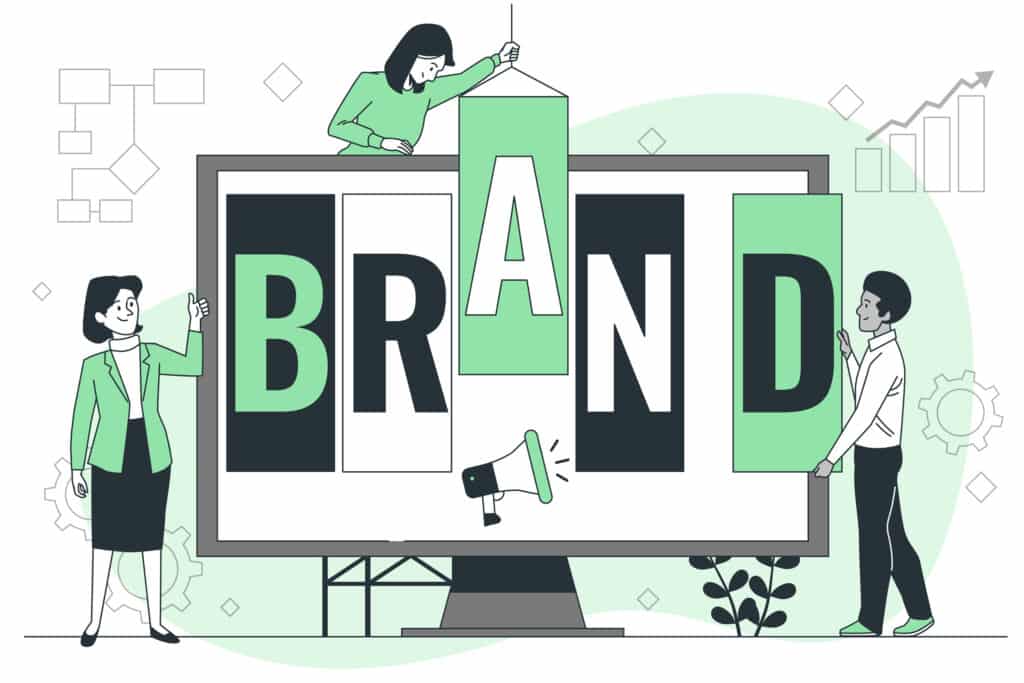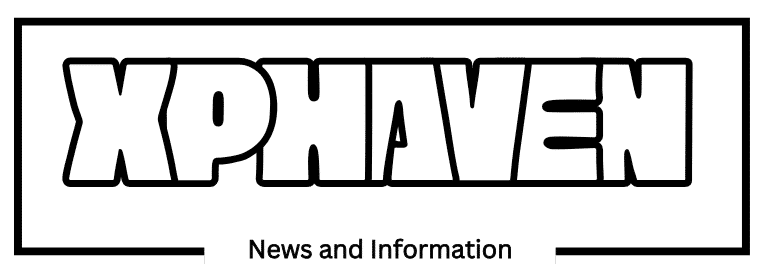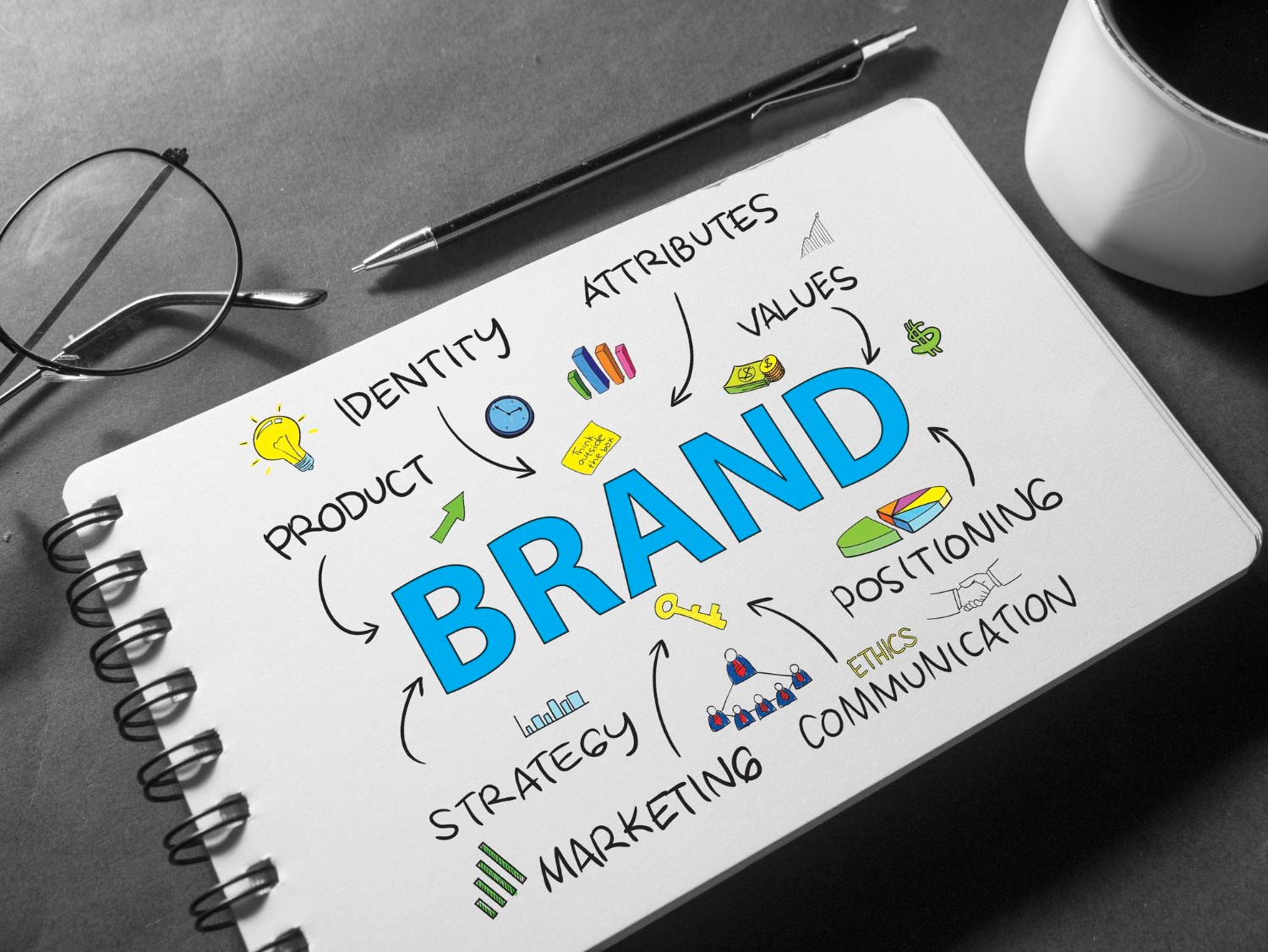You know what separates a struggling small business from one that commands premium prices and loyal customers? It’s not always the product quality or even the service. More often than not, it’s the brand.
I’ve watched countless small businesses pour their hearts into creating amazing products, only to see them fade into obscurity because they couldn’t figure out how to stand out in a crowded marketplace. Meanwhile, their competitors—sometimes with inferior offerings—skyrocket to success simply because they invested in building a powerful brand identity.
Here’s the truth: branding isn’t just for Fortune 500 companies with million-dollar marketing budgets. It’s the secret weapon that can transform your small business into a recognized name that people trust, remember, and actively seek out.
In this guide, I’ll walk you through seven proven branding services that have helped countless small businesses punch above their weight class and compete with the big players in their industries.
Why Branding Matters More Than Ever for Small Businesses
Before we dive into the specific services, let’s talk about why branding has become absolutely critical in today’s marketplace.
Think about the last time you chose one product over another. Was it purely based on price? Probably not. Research shows that 89% of shoppers stay loyal to brands that share their values, and 64% of consumers cite shared values as the primary reason they have a relationship with a brand.
Your brand is essentially your business’s personality—it’s how people perceive you, what they associate with your name, and ultimately why they choose you over competitors. Without a strong brand, you’re just another option in a sea of sameness.
The good news? Professional branding services have become more accessible than ever for small businesses. You don’t need a corporate budget to create a brand that resonates.

1. Brand Strategy Development: Building Your Foundation
Every great brand starts with strategy. This isn’t about jumping straight to logos and color schemes—it’s about defining who you are, what you stand for, and who you’re trying to reach.
Brand strategy development involves deep analysis of your target audience, competitive landscape, and unique value proposition. Think of it as creating a blueprint before building a house. Without it, you’re just guessing.
During this phase, you’ll typically work through exercises to define:
- Your brand positioning: Where do you sit in the market compared to competitors? Are you the premium option, the budget-friendly choice, or the innovative disruptor?
- Your target audience personas: Who are you actually talking to? What keeps them up at night? What motivates their purchasing decisions?
- Your brand values and mission: What do you stand for beyond making a profit? This is where that emotional connection begins.
I’ve seen businesses completely transform once they get clear on their strategy. One local coffee shop I know was struggling to compete with Starbucks until they defined their positioning as “the community’s living room”—a place where neighbors connect. That clarity informed every decision they made, from store layout to social media content, and their revenue doubled within 18 months.
2. Visual Identity Design: Creating Your Brand’s Face
This is what most people think of when they hear “branding”—and for good reason. Your visual identity is often the first impression potential customers have of your business.
Professional visual identity design goes far beyond just creating a logo. It’s about developing a complete visual system that includes:
- Logo design and variations
- Color palette selection
- Typography choices
- Imagery style and guidelines
- Graphic elements and patterns
The key is consistency. When all your visual elements work together harmoniously, they create instant recognition. Think about how quickly you can spot a Coca-Cola red or recognize Apple’s minimalist aesthetic.
Small businesses often make the mistake of designing their logo on a free platform and calling it done. But inconsistent visuals across different touchpoints—your website, social media, packaging, storefront—create confusion and erode trust.
A comprehensive visual identity package ensures that whether someone sees your Instagram post, receives your business card, or walks past your store, they immediately recognize it’s you.
3. Brand Messaging and Voice Development: Finding Your Words
How you say things matters just as much as what you say. Brand messaging and voice development helps you communicate consistently across all channels.
Your brand voice is your personality expressed through words. Are you friendly and casual? Professional and authoritative? Witty and irreverent? The answer should align with both your brand strategy and your audience’s expectations.
This service typically includes:
- Tagline and positioning statements: Those memorable phrases that capture your essence in a few words.
- Messaging framework: Key messages for different audiences and situations—how you talk to potential customers differs from how you address existing ones.
- Tone of voice guidelines: Specific instructions on language, grammar choices, and communication style.
- Brand story: Your origin story and the narrative that connects emotionally with your audience.
Let me give you an example. A tech startup targeting enterprise clients probably shouldn’t sound like a skateboard company. But I’ve seen businesses make exactly that mistake, using trendy slang when their audience expects professional expertise.
On the flip side, a boutique fitness studio shouldn’t sound like a corporate law firm. Your messaging needs to resonate with the people you’re trying to reach.
4. Brand Guidelines Creation: Ensuring Consistency
Once you’ve developed your visual identity and messaging, you need a rulebook to keep everything consistent—especially as your business grows and more people handle your brand materials.
Brand guidelines (sometimes called a brand style guide) document every aspect of your brand in one comprehensive resource. This ensures that whether you’re hiring a freelance designer, onboarding a new employee, or working with a marketing agency, everyone understands exactly how to represent your brand.
A solid brand guidelines document includes:
- Logo usage rules (size, spacing, placement, what NOT to do)
- Color specifications (with exact color codes for print and digital)
- Typography guidelines
- Image style preferences
- Voice and tone examples
- Dos and don’ts for brand application
Without guidelines, your brand becomes diluted. I’ve consulted with businesses that looked like completely different companies across their website, social media, and physical materials. That inconsistency cost them credibility and recognition.
The most successful brands maintain rigid consistency. That’s not boring—it’s smart business.
5. Digital Brand Experience: Your Online Presence
In today’s digital-first world, your online presence IS your brand for many potential customers. They’ll interact with your website or social media long before ever visiting a physical location or meeting you in person.
Digital brand experience services focus on creating cohesive, engaging touchpoints across all digital channels:
- Website design and development: Your website should reflect your brand identity while providing an intuitive user experience. It’s not about flashy animations—it’s about authentic representation and easy navigation.
- Social media branding: Consistent profile images, cover photos, content templates, and posting styles that reinforce your brand identity.
- Email marketing design: Branded email templates that people recognize in crowded inboxes.
- Digital advertising materials: Banner ads, social media ads, and other promotional materials that maintain brand consistency.
The businesses that win online are those that create seamless experiences. When someone moves from your Instagram post to your website to your email newsletter, they should feel like they’re in the same brand world.
One e-commerce brand I worked with increased their conversion rate by 23% simply by making their website design more consistent with their Instagram aesthetic—the place where most of their traffic originated.
6. Brand Refresh and Repositioning: Evolving With Purpose
Here’s something many business owners don’t realize: brands need to evolve. What worked five years ago might not resonate today. Your target audience changes, market conditions shift, and sometimes you simply outgrow your original brand.
Brand refresh and repositioning services help established businesses update their image while maintaining equity with existing customers. This is different from a complete rebrand—it’s more like renovation than rebuilding from scratch.
You might need a brand refresh if:
- Your visual identity looks dated compared to competitors
- You’re expanding into new markets or demographics
- Your business has evolved but your branding hasn’t kept pace
- Customer perception doesn’t match your actual offering
The key is evolution, not revolution. The most successful refreshes maintain recognizable elements while updating others. Think about how companies like Pepsi, Mastercard, or Google have gradually evolved their logos over time—you can see the connection to the original, but they look modern and relevant.
This service requires careful strategy to avoid alienating existing customers while attracting new ones. It’s a delicate balance that professional branding experts navigate through research, testing, and phased implementation.
7. Brand Experience and Activation: Bringing It to Life
All the strategy and design in the world means nothing if your brand doesn’t come to life in real customer interactions. Brand experience and activation services focus on implementing your brand across all customer touchpoints.
This includes:
- Customer experience mapping: Identifying every point where customers interact with your brand and ensuring each reflects your brand promise.
- Staff training: Teaching employees how to embody your brand values in their interactions with customers.
- Physical space branding: Designing retail environments, office spaces, or event booths that immerse people in your brand.
- Launch campaigns: Creating buzz around your new or refreshed brand through strategic marketing initiatives.
- Packaging design: Ensuring product packaging reflects your brand identity and creates memorable unboxing experiences.
I’ve seen beautifully branded companies fall flat because they forgot about the human element. Your baristas, sales associates, customer service reps, and delivery drivers are all brand ambassadors. If they don’t understand and embody your brand values, the disconnect will be obvious to customers.
Think about brands you love—chances are, they deliver consistent experiences whether you’re shopping online, visiting a store, or calling customer service. That consistency doesn’t happen by accident; it’s the result of intentional brand activation.

The ROI of Professional Branding Services
Let’s talk numbers, because I know you’re probably wondering: “Is this worth the investment?”
Companies with consistent brand presentation across platforms see an average revenue increase of 23%, according to research. Strong branding can also increase business value by up to 20% and influence purchasing decisions for 89% of shoppers.
But beyond direct revenue impact, effective branding:
- Reduces marketing costs over time (consistent brands are 3-4 times more memorable)
- Attracts better talent who want to work for recognized brands
- Enables premium pricing (people pay more for brands they trust)
- Creates customer loyalty that withstands competitive pressure
- Generates word-of-mouth marketing
One of my favorite success stories involves a local bakery that invested in comprehensive branding services. They spent about $15,000 on strategy, identity design, and implementation. Within the first year, they opened two additional locations based on increased demand, and their average transaction value increased by 31% because customers perceived them as a premium brand worth the higher prices.
That’s transformational ROI that compounds year after year.
Finding the Right Branding Partner
Not all branding services are created equal. When you’re ready to invest in your brand, look for partners who:
- Take time to understand your business, industry, and goals
- Show a portfolio of diverse, strategic work (not just pretty designs)
- Involve you in the process through collaborative workshops and feedback sessions
- Provide strategic rationale behind their recommendations
- Offer ongoing support beyond the initial project
Professional agencies like NKM Digital’s branding services specialize in helping small businesses develop brands that compete with much larger companies. The right partner becomes an extension of your team, invested in your long-term success.
Avoid one-size-fits-all solutions or agencies that want to rush through strategy to get to design. Great branding takes time, research, and deep thinking.
Common Branding Mistakes to Avoid
Before we wrap up, let me share the most common branding mistakes I see small businesses make:
- Copying competitors: Your brand should differentiate you, not make you look like everyone else in your industry.
- Prioritizing personal preferences over strategy: Just because you love neon green doesn’t mean it’s right for your brand.
- Inconsistency: Using different logos, colors, or voices across platforms confuses customers and weakens your brand.
- Neglecting the human element: Brand isn’t just visual—it’s how you make people feel through every interaction.
- Trying to appeal to everyone: Strong brands have a clear point of view and target audience. Trying to please everyone means resonating with no one.
- Setting it and forgetting it: Brands need nurturing, evaluation, and evolution over time.
Frequently Asked Questions
How much should a small business spend on branding services?
Investment varies widely based on your needs and business size, but expect to spend anywhere from $5,000 to $50,000 for comprehensive branding services. Many agencies offer phased approaches, allowing you to start with strategy and core identity before expanding to additional services as budget allows.
How long does the branding process take?
A complete branding project typically takes 2-4 months from initial discovery to final implementation. Brand strategy and identity development alone usually require 6-8 weeks, while larger projects involving web design, guidelines, and activation can extend to several months.
Can I do branding myself to save money?
While DIY tools exist, professional branding brings strategic thinking, market expertise, and design skills that typically deliver far better ROI. Think of it like this: you could cut your own hair, but you go to a professional because they know what they’re doing. Branding is similar—the cost of getting it wrong (lost customers, wasted marketing dollars) typically exceeds the investment in doing it right.
When should a small business invest in professional branding?
The best time is before launch, but the second-best time is now. If you’re experiencing stagnant growth, struggling to differentiate from competitors, or feeling like your current brand doesn’t reflect your business, it’s time to invest in professional branding services.
What’s the difference between branding and marketing?
Branding is who you are—your identity, values, and promise. Marketing is how you communicate that to the world. Think of branding as the foundation and marketing as the house you build on it. Without a strong brand foundation, your marketing efforts won’t be as effective.
Conclusion: Your Brand is Your Business’s Most Valuable Asset
Building a powerful brand doesn’t happen overnight, and it’s not a one-time project. It’s an ongoing commitment to showing up consistently, delivering on your promises, and creating meaningful connections with your audience.
The seven branding services we’ve explored—strategy development, visual identity design, messaging and voice, brand guidelines, digital brand experience, brand refresh, and brand activation—work together to create a comprehensive brand that transforms small businesses into recognized names.
I’ve seen it happen time and time again: businesses that invest strategically in their brand experience growth that seemed impossible before. They attract better customers, charge premium prices, build loyal communities, and create businesses that are more valuable, more enjoyable to run, and more impactful in their markets.
Your competitors are investing in their brands. Your customers are making purchasing decisions based on brand perception. The question isn’t whether you can afford to invest in professional branding—it’s whether you can afford not to.
Start with strategy, commit to consistency, and watch as your small business transforms into a big name in your industry. The brands that win aren’t always the oldest or the largest—they’re the ones that understand their identity and express it authentically across every customer touchpoint.
Your brand is more than a logo or a color scheme. It’s the promise you make and keep with every customer interaction. Make it count.




